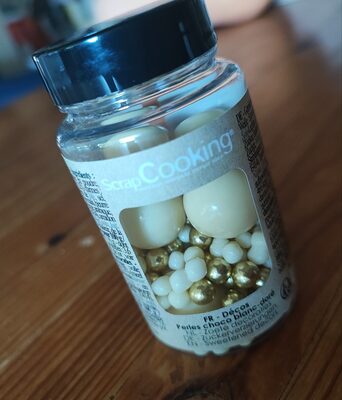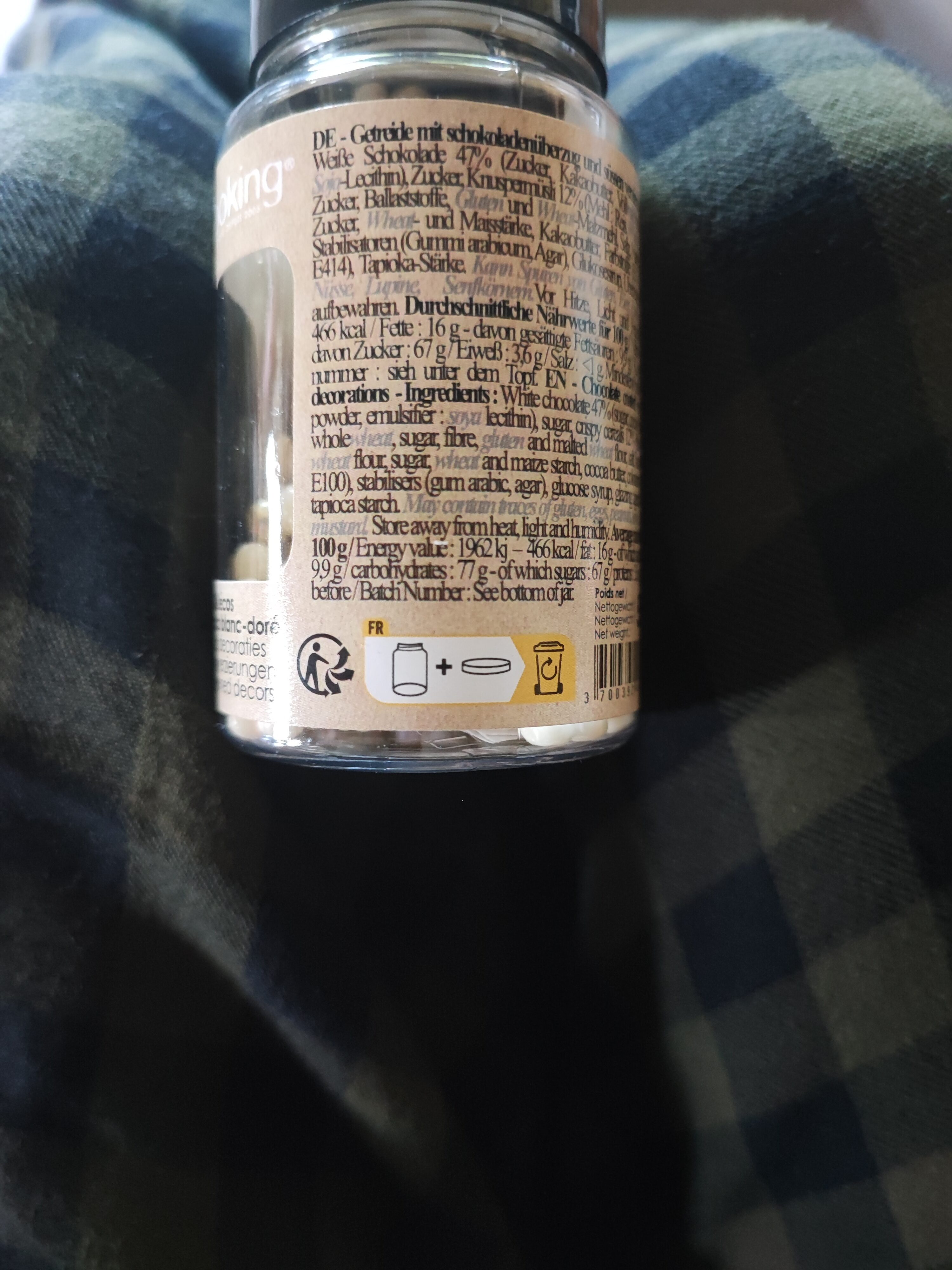perles choco blanc doré - Scrapcooking - 50g
This product page is not complete. You can help to complete it by editing it and adding more data from the photos we have, or by taking more photos using the app for Android or iPhone/iPad. Thank you!
×
Barcode: 3700392474546 (EAN / EAN-13)
Quantity: 50g
Brands: Scrapcooking
Categories: fr:Perles de décoration
Matching with your preferences
Report a problem
Data sources
Product added on by smoothie-app
Last edit of product page on by smoothie-app.
If the data is incomplete or incorrect, you can complete or correct it by editing this page.












